Quick Links: About Us - Contact Us
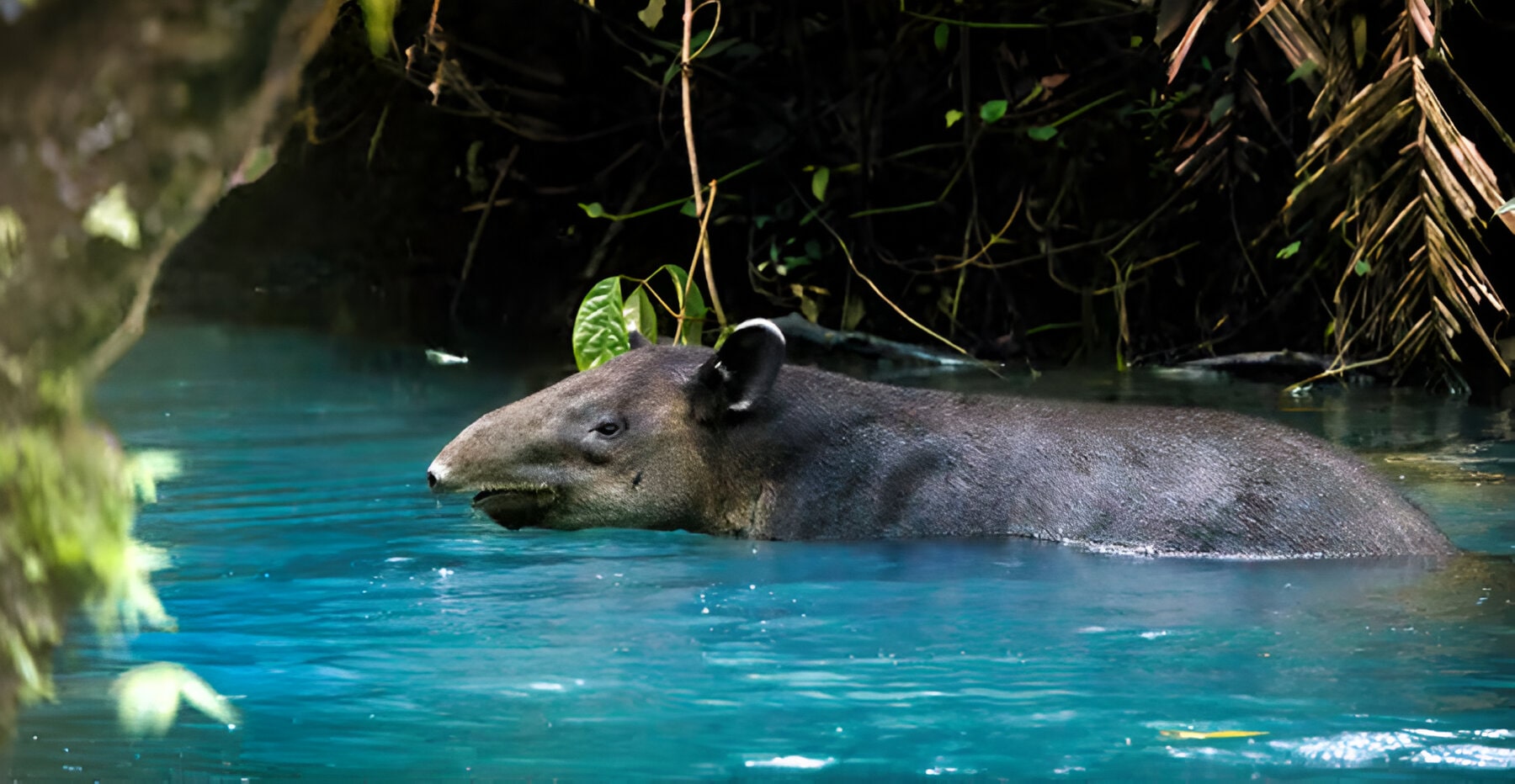
Belize, nestled on the Caribbean coast of Central America, is a country known for its pristine rainforests, ancient Maya heritage, and astounding biodiversity. Among its most iconic wildlife species, ranging from scarlet macaws to elusive jaguars, stands a surprisingly gentle and unique creature: the Baird’s Tapir. Also known locally as the “mountain cow,” this remarkable mammal holds the honored title of Belize’s national animal, representing both the country’s ecological wealth and its deep cultural ties to the natural world.
Why the Tapir? Understanding Belize’s National Symbol
At first glance, the Tapir may not seem like a prominent national symbol. With its barrel-shaped body, short limbs, and oddly endearing snout, it appears to be a blend of a pig and a small elephant. But the Baird’s Tapir, Tapirus bairdii, is far more than its looks suggest. As the largest land mammal in Central America, it plays a crucial ecological role and symbolizes the country’s commitment to conservation and biodiversity.
This herbivorous mammal is native to the rainforests and lowland jungles of Belize, where it thrives near rivers, wetlands, and forest clearings. The Tapir’s presence in the country’s wild landscapes is a reminder of Belize’s rich natural heritage and the delicate balance that sustains it.
Meet the Baird’s Tapir: Biology and Behavior
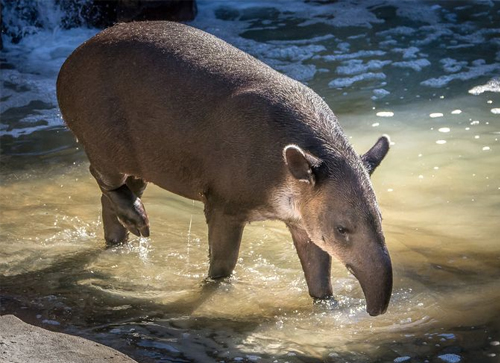
Scientific Profile:
- Scientific Name: Tapirus bairdii
- Common Name: Baird’s Tapir or Mountain Cow
- Weight: Up to 600 pounds
- Size: Roughly the size of a donkey
- Habitat: Rainforests, wetlands, and tropical savannas
- Diet: Leaves, fruits, aquatic plants
- Activity: Primarily nocturnal
- Conservation Status: Endangered
Physical Traits & Adaptations
One of the most distinctive features of the Tapir is its prehensile snout, which functions much like a short trunk. This flexible nose is not only adept at foraging for fruit and leaves but can also be used like a snorkel when swimming, an activity Tapir excels. Despite their bulk, these animals are surprisingly agile swimmers, often submerging themselves to escape predators or cool off.
In the dim light of dusk or the stillness of the night, tapirs rely on their keen sense of smell and excellent hearing to navigate through the forest. Though their size might suggest otherwise, tapirs emit soft, whistling vocalizations, a sound both unexpected and charming.
Ecological Importance: The Forest Gardener
Beyond their gentle demeanor, tapirs serve a vital ecological purpose. As seed dispersers, they contribute significantly to forest regeneration. By consuming a wide variety of fruits and vegetation and traveling over long distances, tapirs help spread seeds across the forest floor. These seeds, once excreted, have a greater chance of germinating and growing into new plants, contributing to the lush and diverse ecosystems that define Belize’s wilderness.
Tapirs also form an essential part of the food chain. Though adult tapirs have few natural predators, young individuals may fall prey to big cats like jaguars, creating a delicate ecological balance in which each species has its place.
Tapirs in Culture: From Mythology to Modern Pride
Historically, the Tapir has held a significant place in Mayan mythology. Ancient art and carvings often depict the animal as a symbol of fertility, strength, and endurance. Some legends suggest the Tapir served as a guide through the underworld, a spiritual creature revered for its connection to the natural realm.
Today, the Baird’s Tapir is not only legally protected in Belize but celebrated by its people. It is a source of national pride and a symbol of the country’s ongoing commitment to wildlife preservation.
A Day for Tapirs: World Tapir Day & Local Celebrations
Every year on April 27, the world observes World Tapir Day, a time dedicated to raising awareness of these endangered mammals and the challenges they face. In Belize, this global celebration takes on an intensely local flavor, with events at the Belize Zoo highlighting the importance of tapir conservation.
The Belize Zoo’s Tapir Legacy
One of the zoo’s most beloved residents was April the Tapir, a rescued calf who arrived in 1983. April became a national icon and educational ambassador, celebrating her birthday with thousands of Belizeans for three decades until her passing in 2013.
Today, the Belize Zoo remains home to a “tapir troop” including:
- Indy
- Tambo
- Marchismo
- Navidad
- Fuego
- Sparks
- Ceibo
Marchismo and Sparks are especially notable, being the only two tapirs born at the zoo.
Get Special Offers, and More from Belize on Top
Subscribe to see secret deals prices drop the moment you sign up!
Where to See Tapirs in Belize
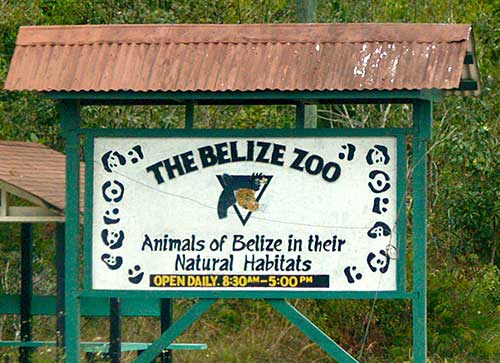
1. The Belize Zoo
Renowned for its focus on wildlife rehabilitation, the Belize Zoo offers an ideal and ethical opportunity to see tapirs up close. Visitors can learn about the species’ habits, threats, and conservation needs in a controlled and educational environment.
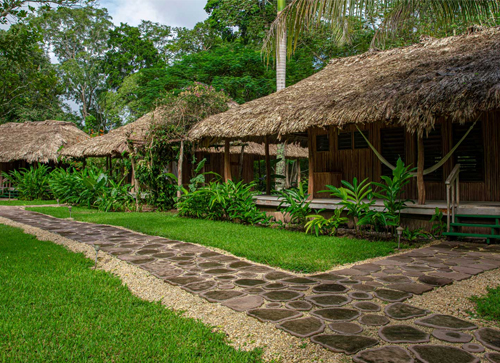
2. Chan Chich Lodge
Located deep in the northern rainforest, Chan Chich Lodge is a haven for eco-tourism. Guests have a chance to observe tapirs in their natural habitat, especially during twilight hours when the animals are most active.
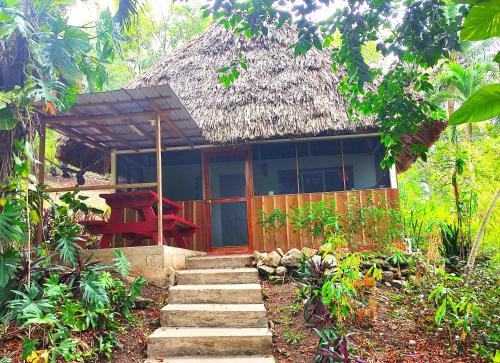
3. Maya Mountain Lodge
This eco-lodge is located near the Tapir Mountain Nature Reserve, a region known for its dense forest cover and biodiversity. While the reserve itself is not open to the public, the surrounding areas offer excellent viewing opportunities.
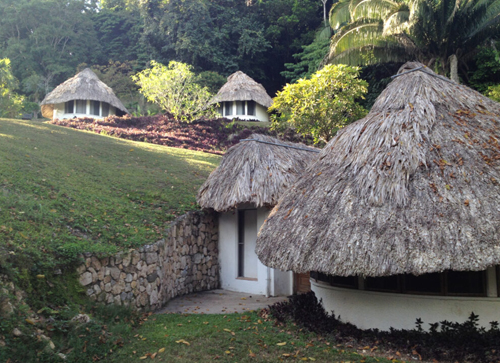
4. Tapir Mountain Nature Reserve (Near Pooks Hill Lodge)
Although direct access to the reserve is restricted, visitors staying at Pooks Hill Lodge can often spot tapirs from trails and viewpoints near the protected area.
Best Time to Visit
To increase your chances of spotting a tapir in the wild, plan your visit between November and May, when the weather is cooler and wildlife is more active. Staying at lodges that support conservation or are situated in tapir habitats will further enhance your experience.
A Symbol of Conservation and Coexistence
In an era where habitat loss and human encroachment threaten countless species, Baird’s Tapir serves as a living reminder of what’s at stake and what can still be saved. As the national animal of Belize, it’s more than just a mascot; it’s a conservation ambassador, a cultural icon, and a keystone species in the fight to preserve Central America’s rainforests.
Whether you’re wandering the trails of a jungle lodge, visiting the Belize Zoo, or simply learning about this fascinating species from afar, Tapir’s quiet strength and gentle spirit leave a lasting impression.
Final Thoughts
The Baird’s Tapir is more than Belize’s national symbol – it’s a reminder of the importance of conservation. This unique creature highlights the delicate balance between human development and nature. Protecting the Tapir means preserving Belize’s rich ecosystems, and by supporting conservation efforts, we help safeguard the future of wildlife and our planet. Let the Tapir inspire us to act, ensuring that future generations can experience the beauty of Belize’s wilderness.


